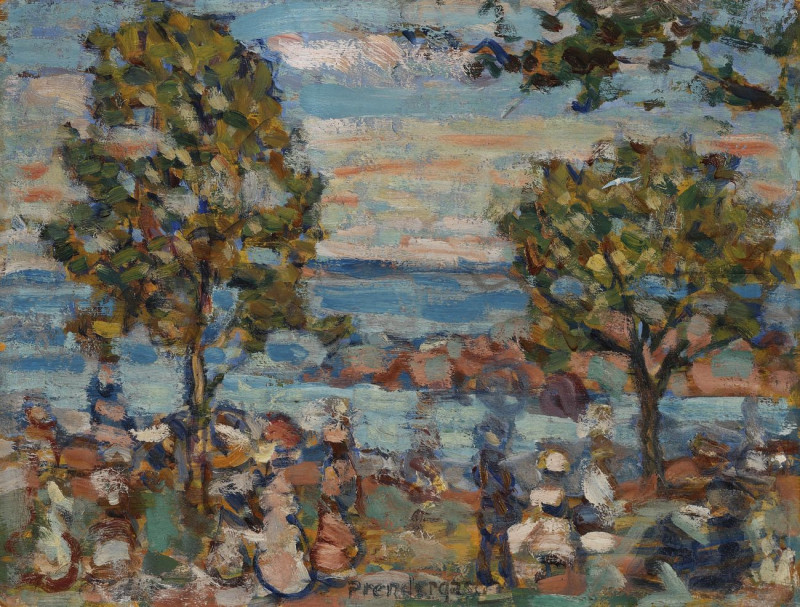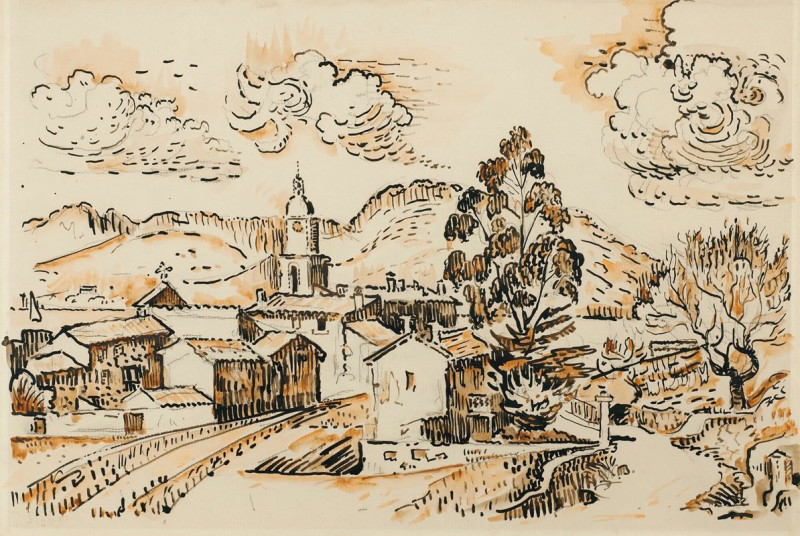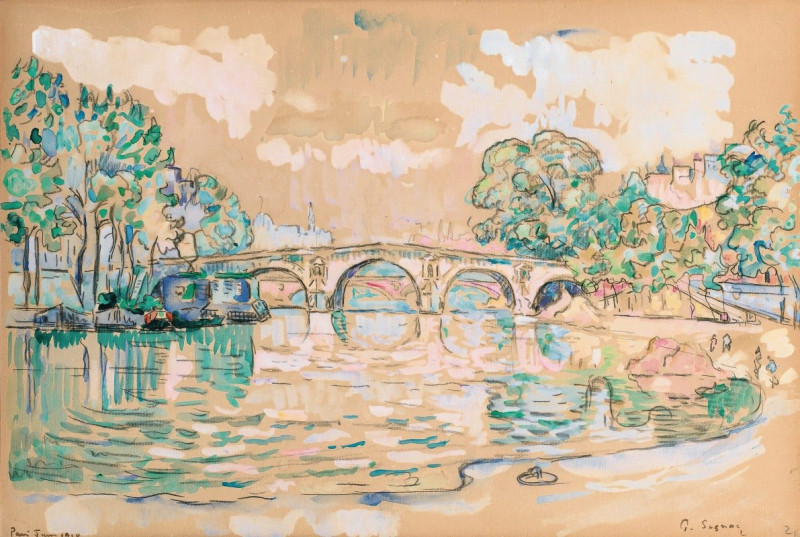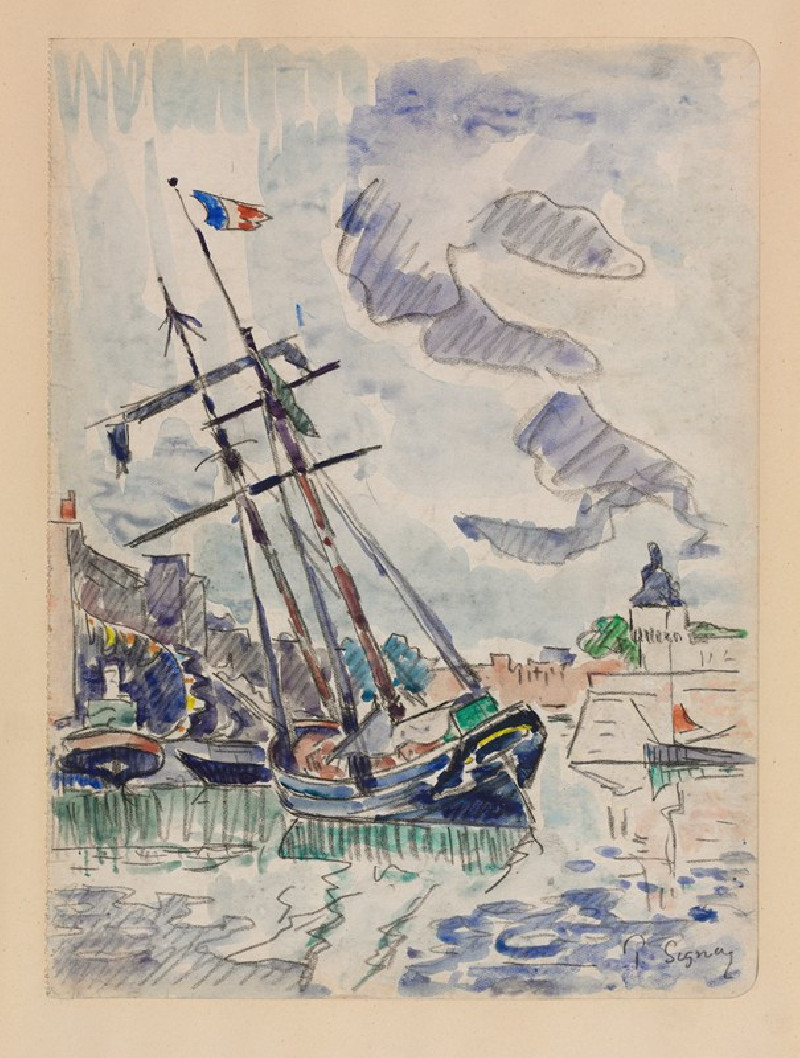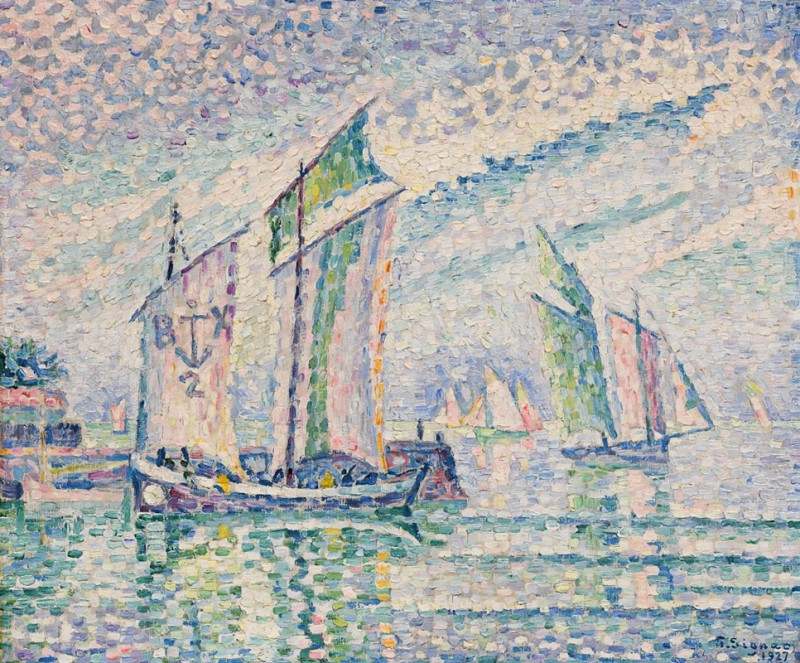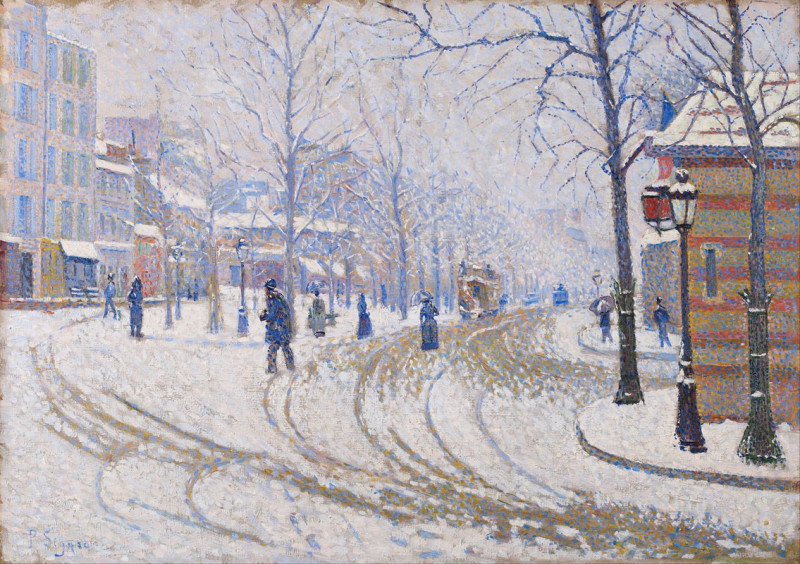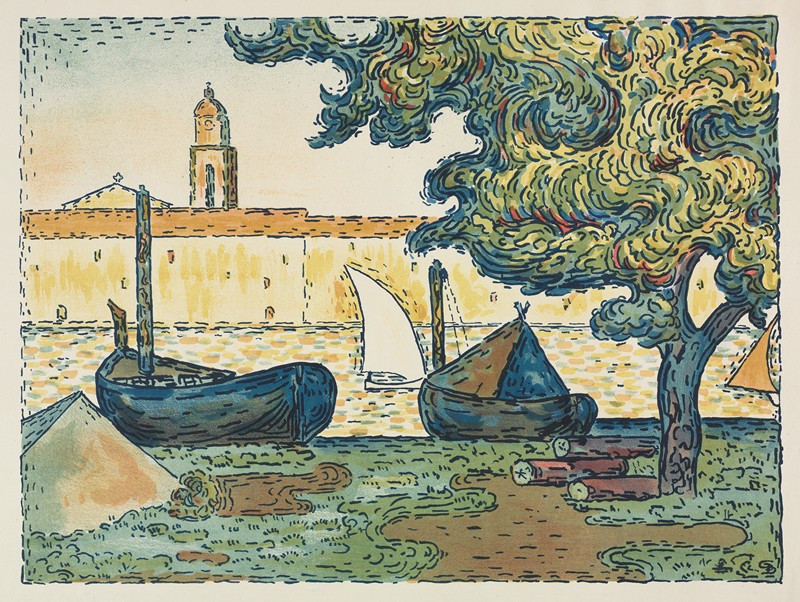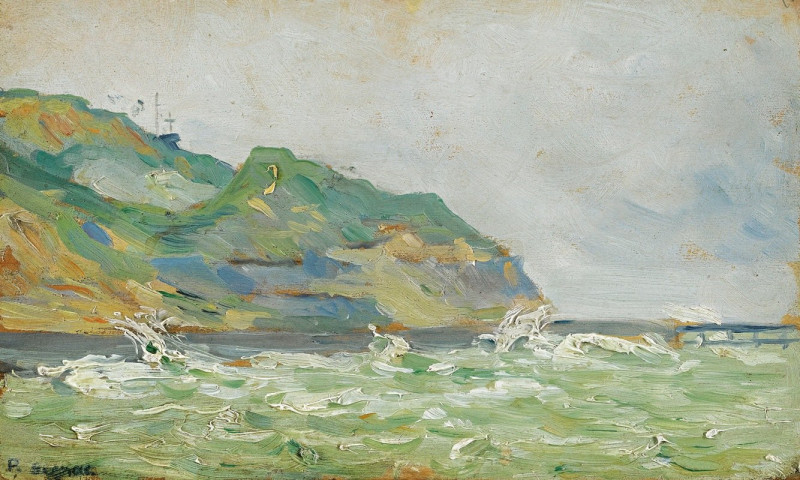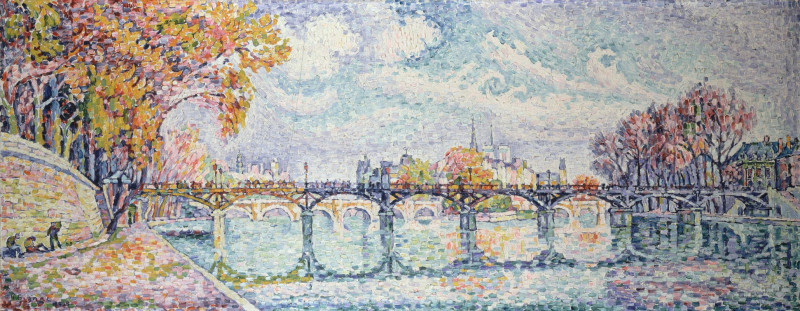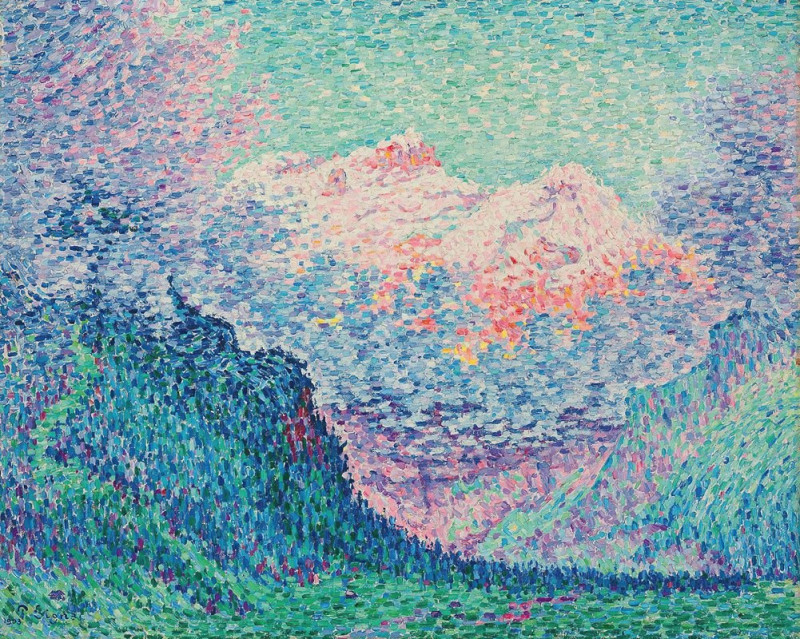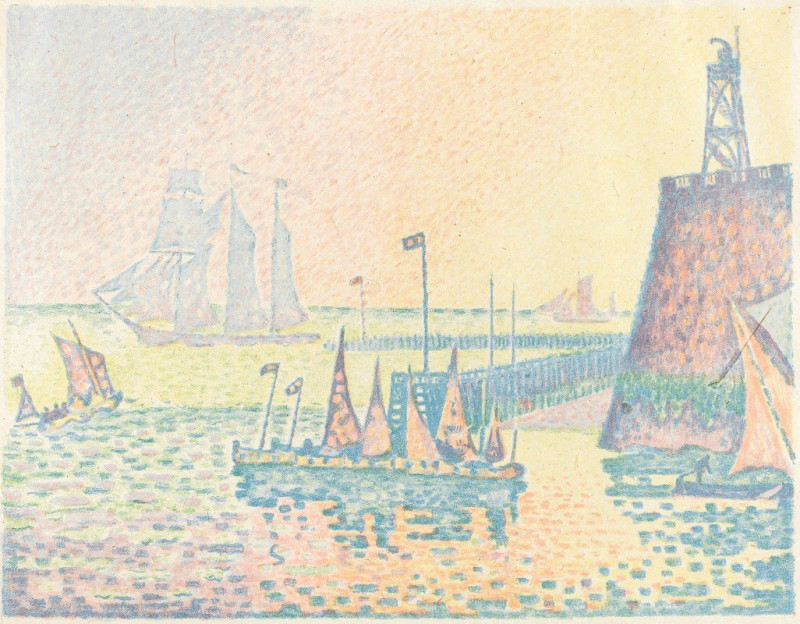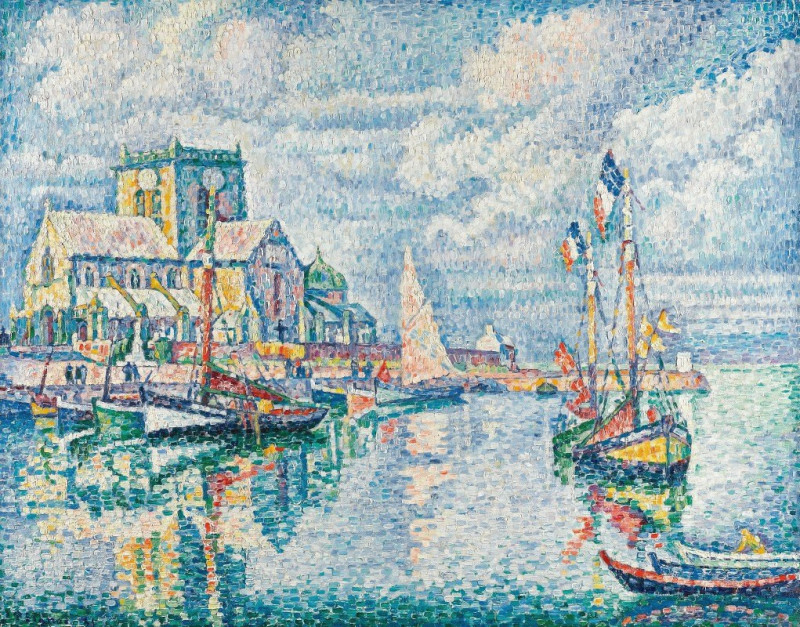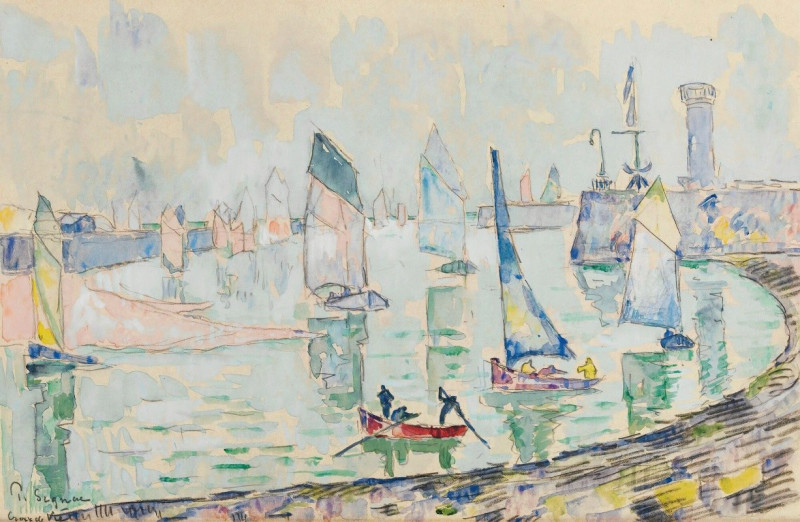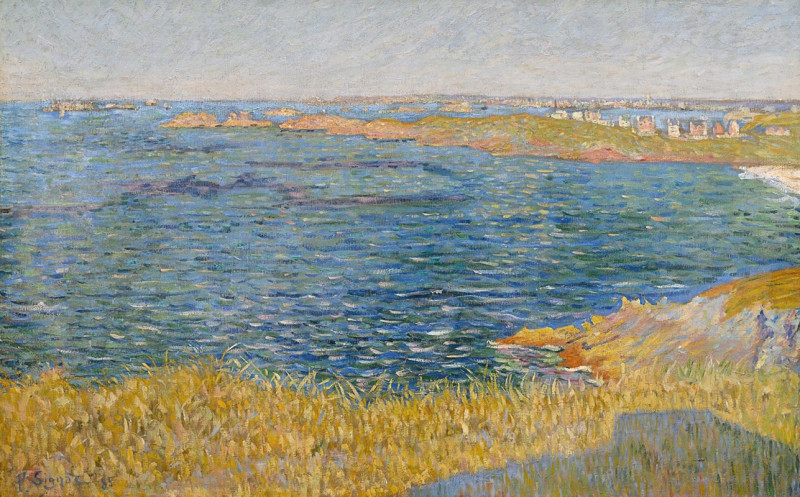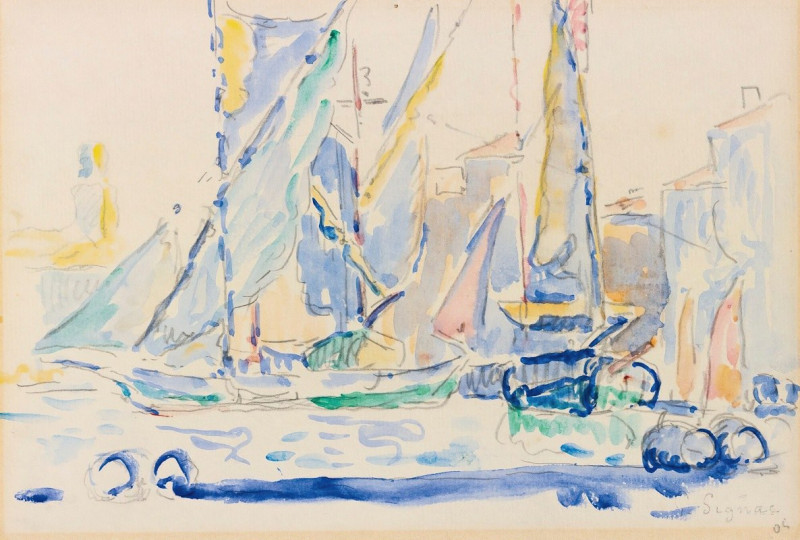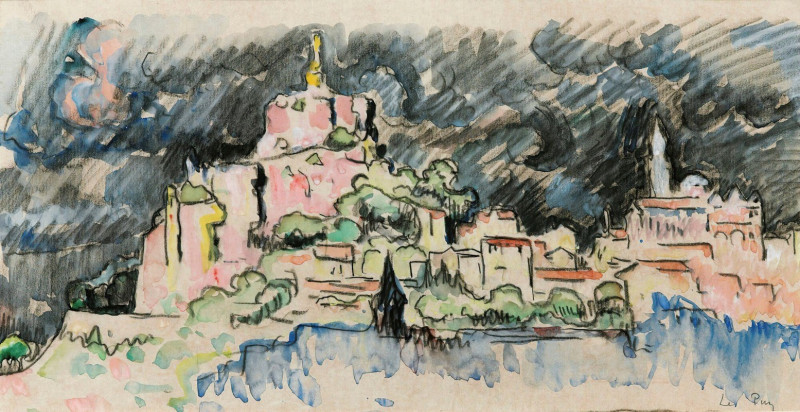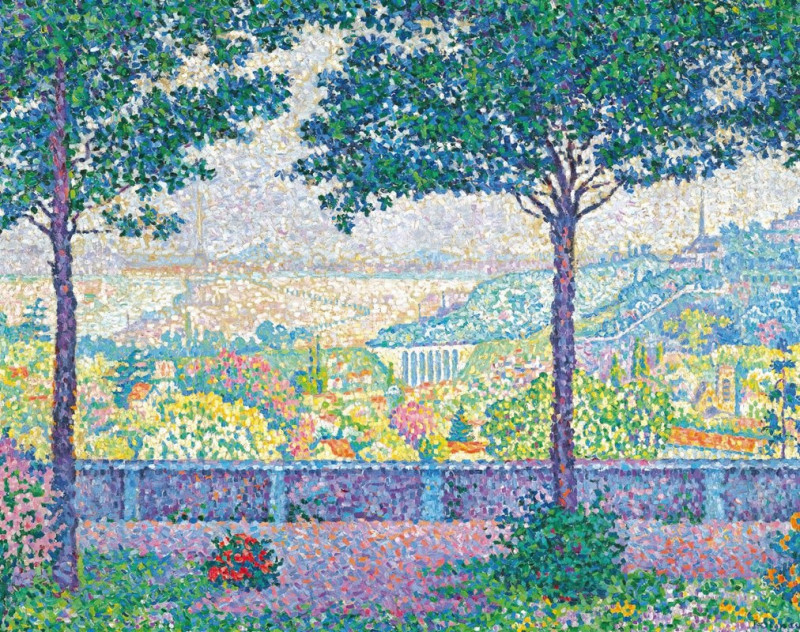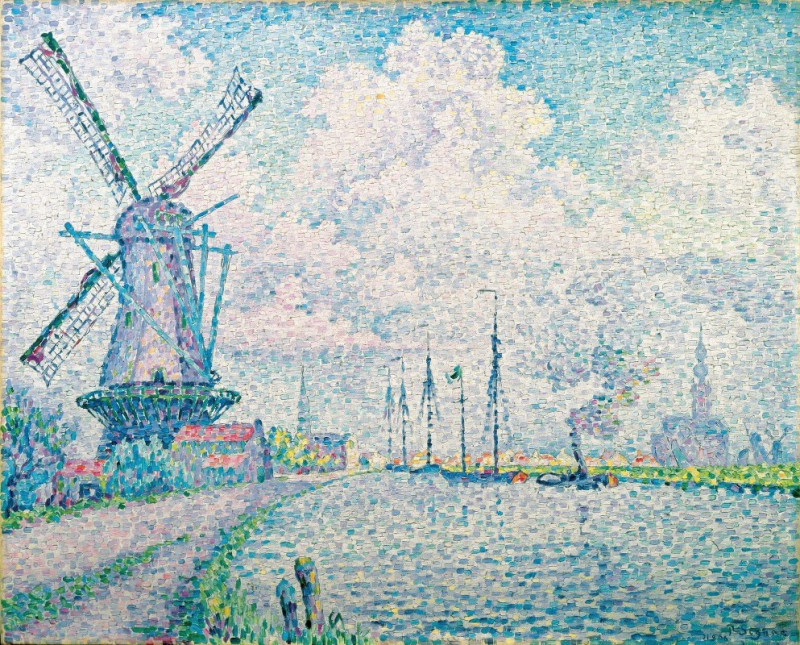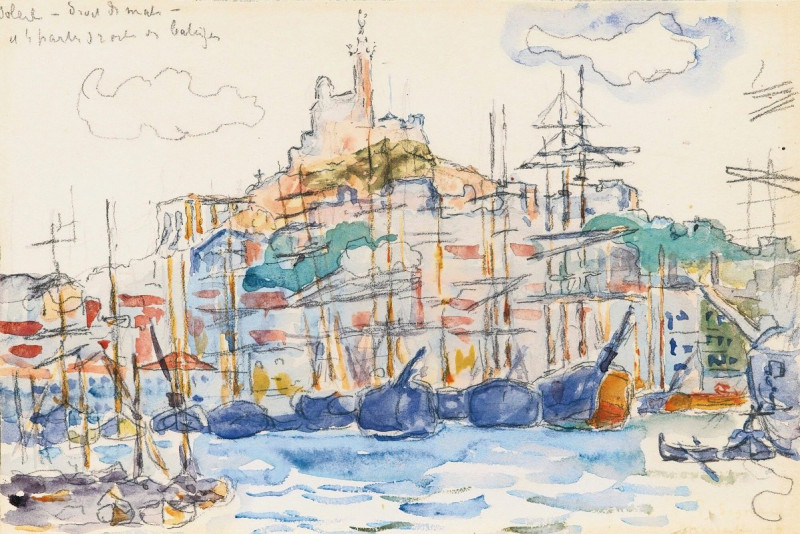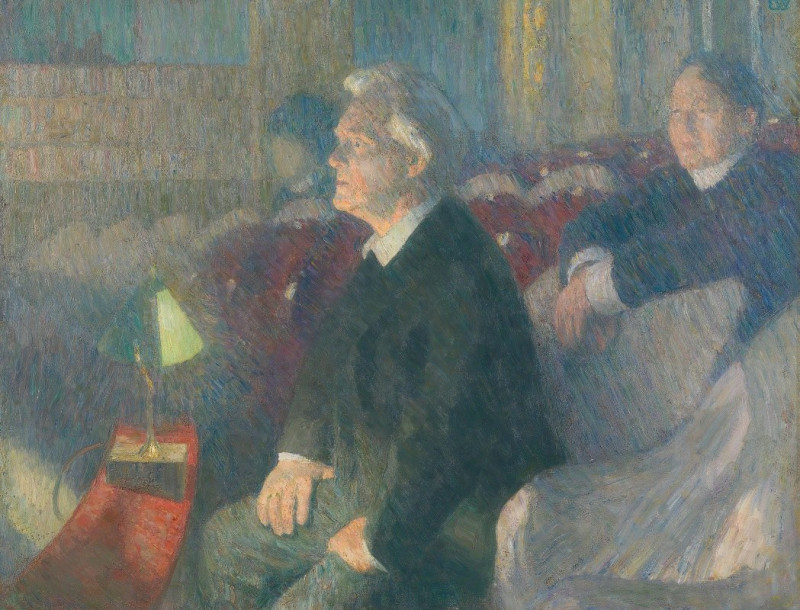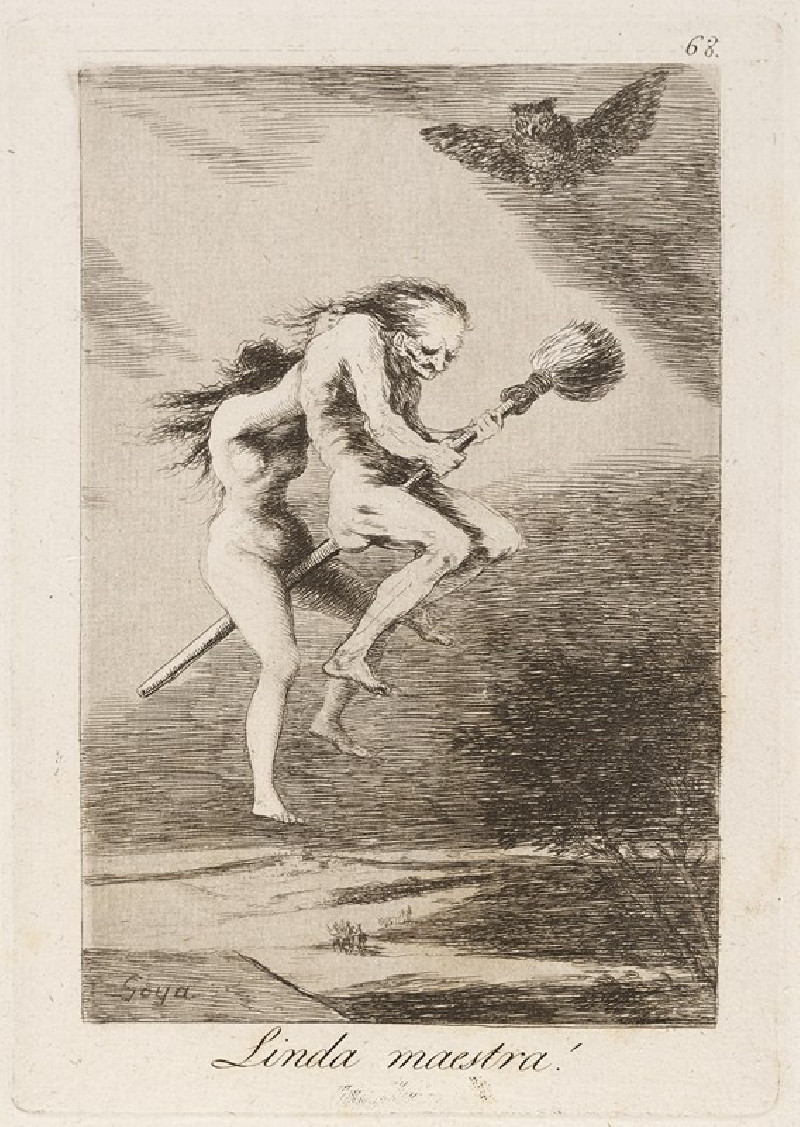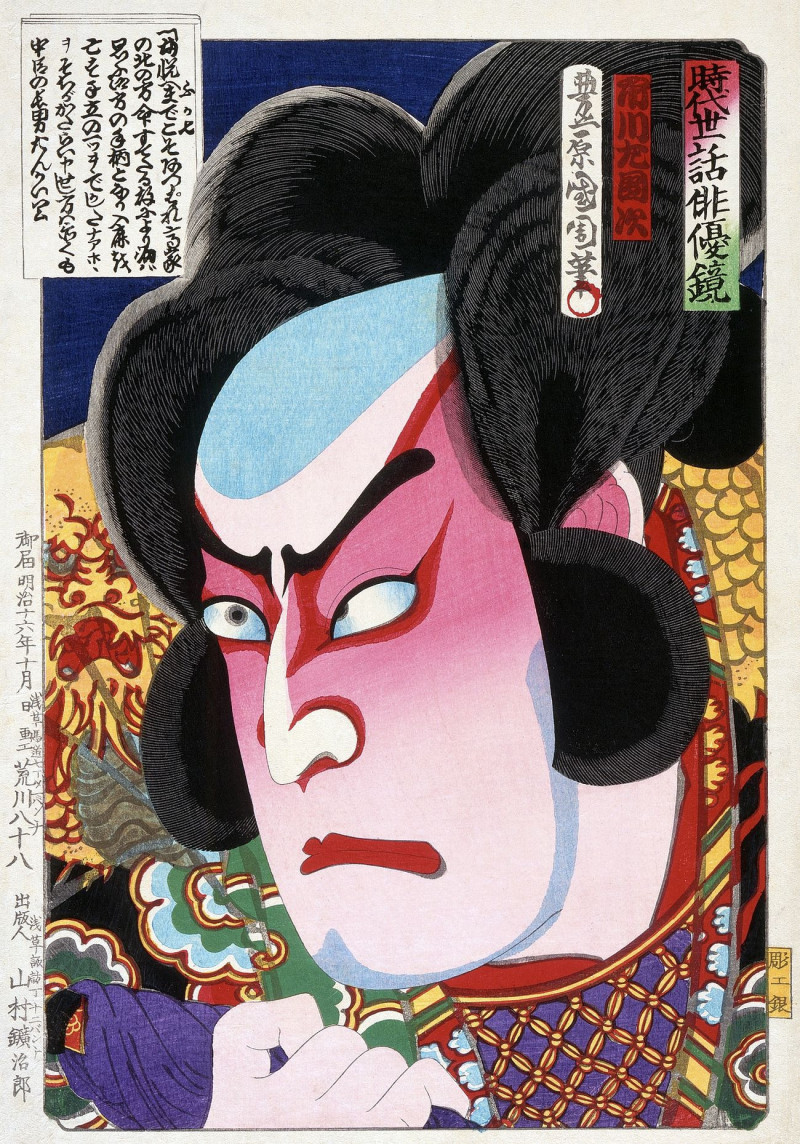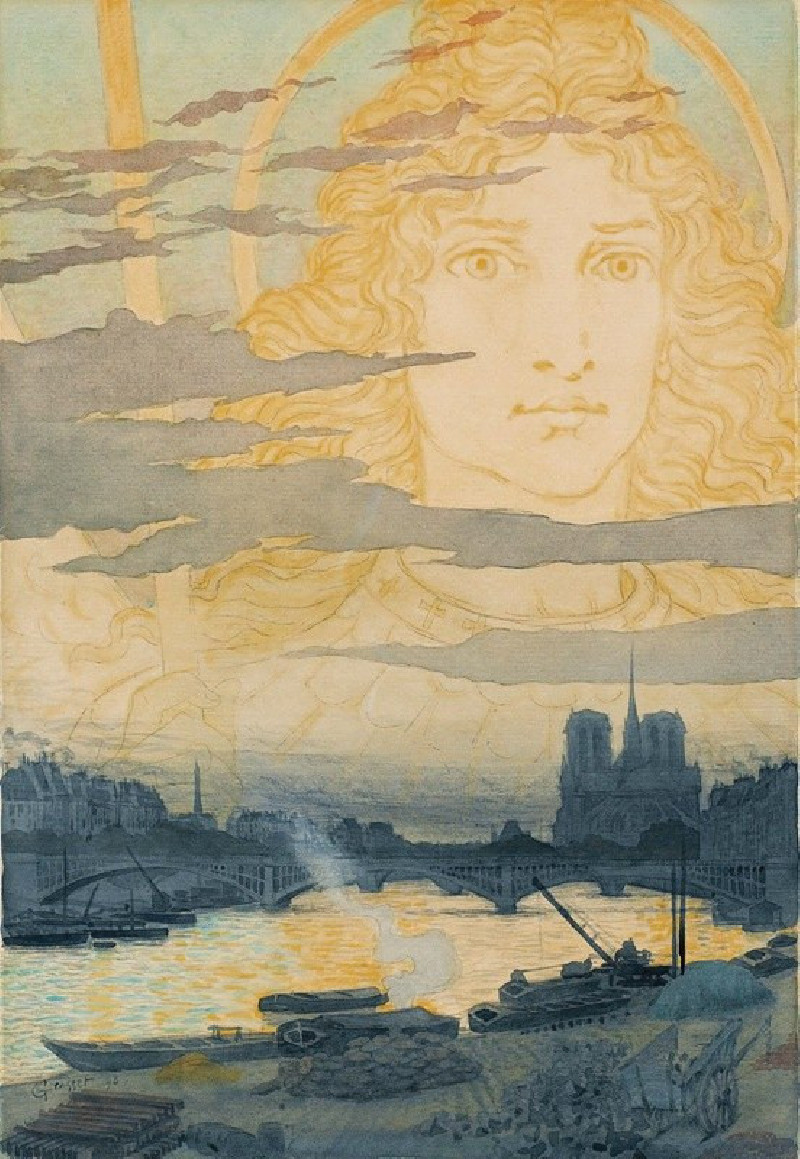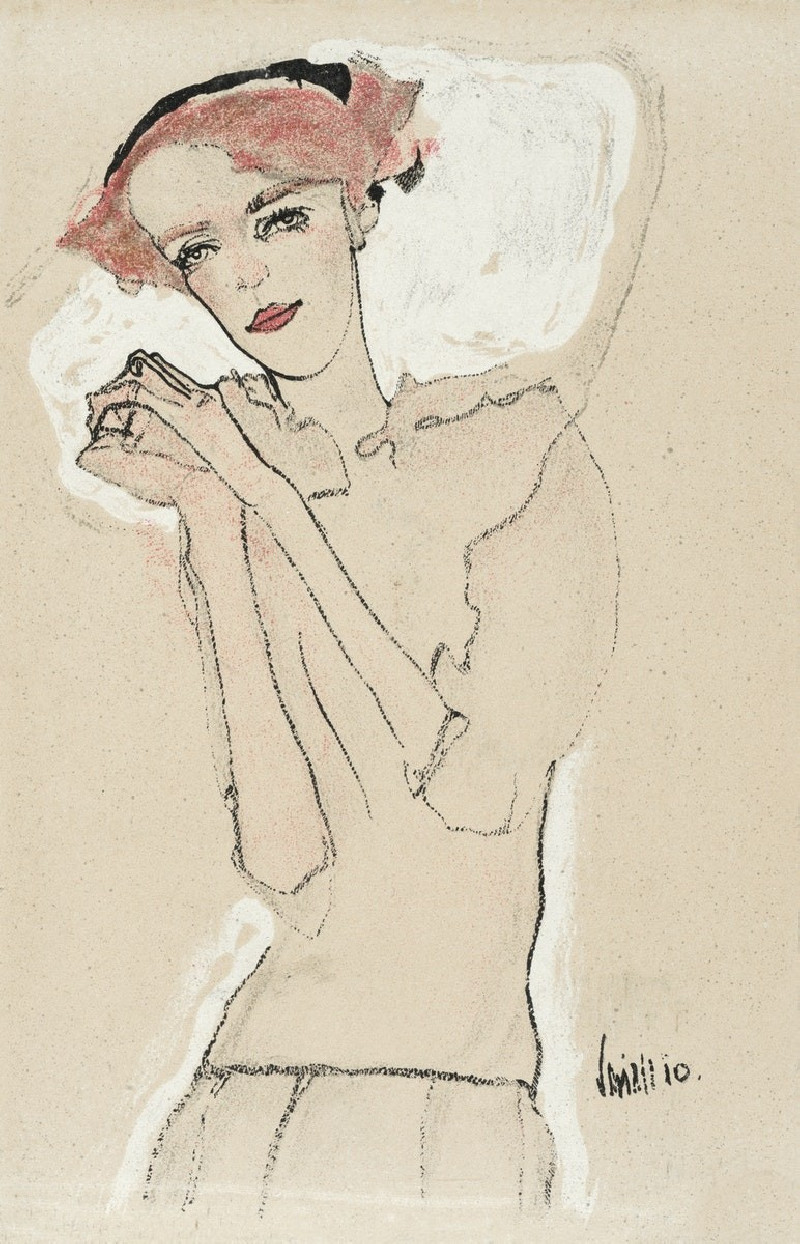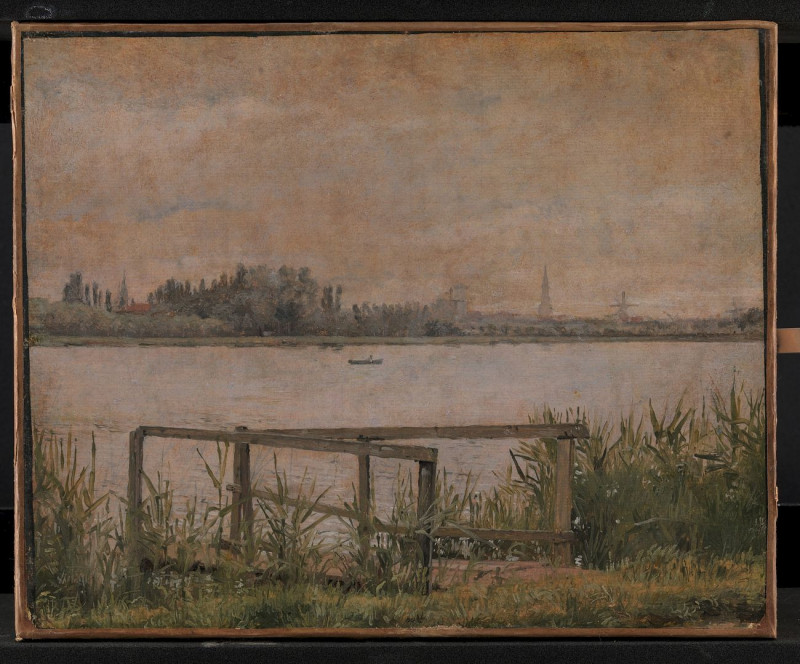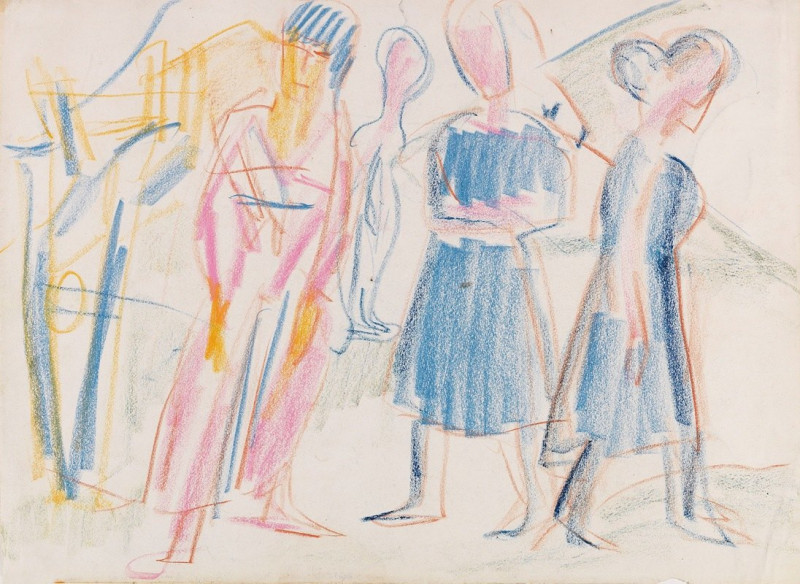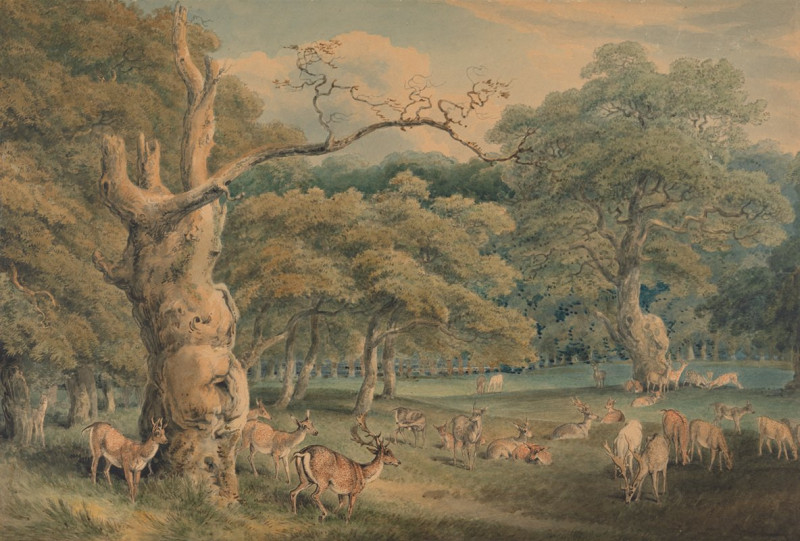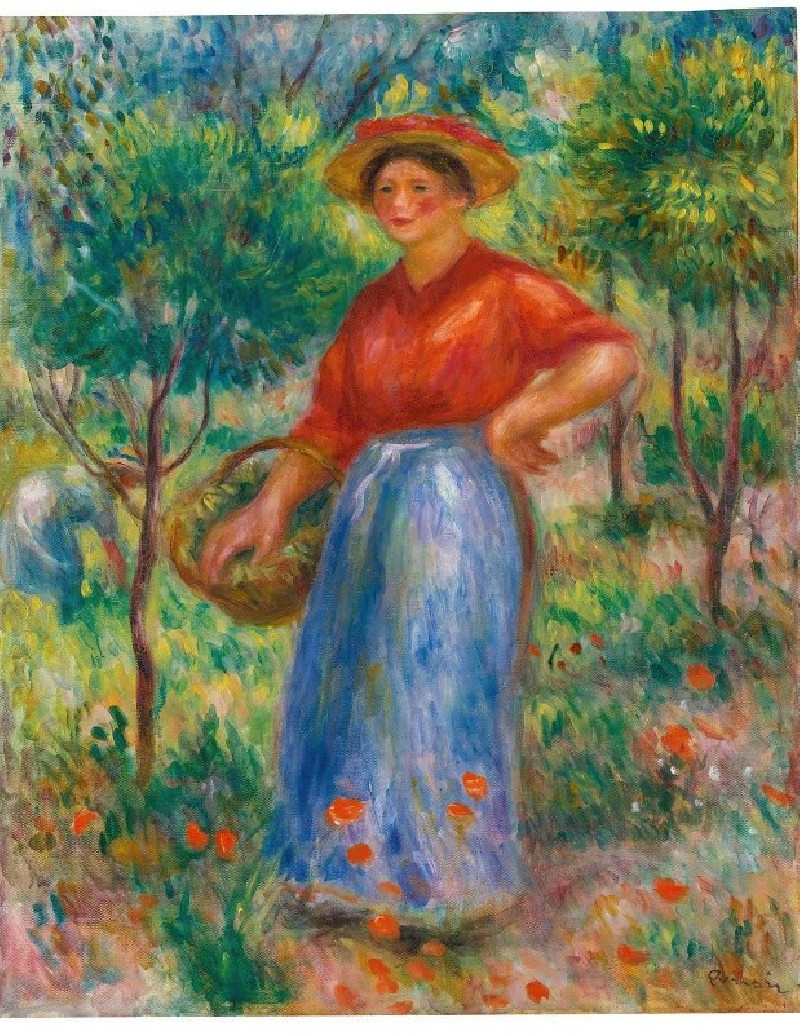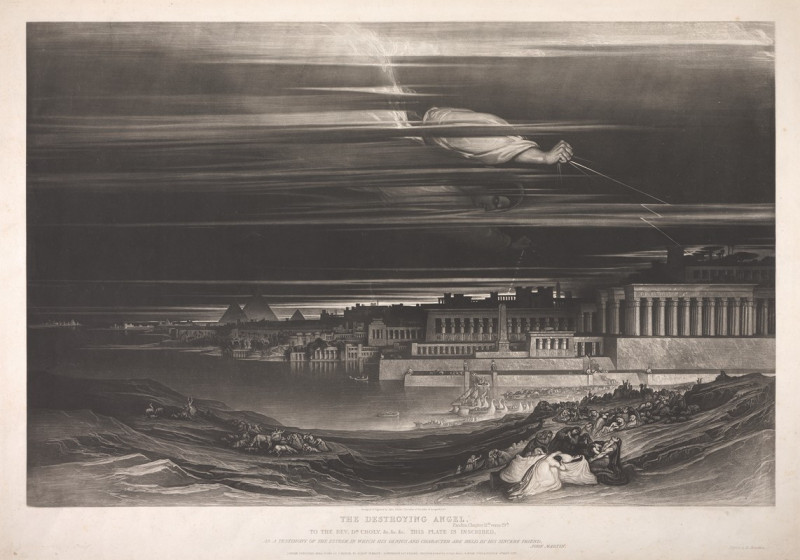Beach Scene With Two Trees
Technique: Giclée quality print
Recommended by our customers
More about this artwork
Paul Signac's painting, "Beach Scene With Two Trees," is a vibrant and inviting depiction of a seaside landscape executed in his signature pointillist style, though the brushwork here appears looser and more flowing than the strict dots of pointillism. The scene captures a lively beach setting under a broad, delicate sky with streaks of blue, pink, and white that convey both the calm of the sea and the movement of clouds.Centrally and prominently positioned are two trees, likely the reason for the painting's title. These trees—vivid with myriad shades of green—are depicted with energetic, visible brush strokes that give them a dynamic, almost rustling appearance. They stand as natural sculptures within the landscape, dividing the canvas and drawing the viewer's eye as a structural element against the lighter background of sky and water.Beneath these trees, various figures populate the beach. They are rendered in a mix of soft browns, blues, and whites, suggesting the casual attire typical of a beach setting. The figures are somewhat abstract, their forms suggested more by color and shape than by detailed facial or bodily definition. This abstraction provides a sense of bustle and activity without focusing on individual identities, emphasizing the communal and public essence of the setting.The horizon is handled with soft transitions, contrasting the more vivid and detailed foreground.
Delivery
Returns
Paul Signac (1863-1935) was a French Neo-Impressionist painter. Together with Georges Seurat, Signac developed the Pointillism style. He was a passionate sailor, bringing back watercolor sketches of ports and nature from his travels, then turning them into large studio canvases with mosaic-like squares of color. He abandoned the short brushstrokes and intuitive dabs of color of the impressionists for a more exact scientific approach to applying dots with the intention to combine and blend not on the canvas, but in the viewer's eye.

